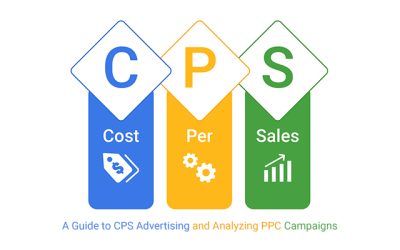What Does CPA Mean in Marketing?
In mobile marketing, cost per action (CPA) is a pricing model where the advertiser pays a fixed rate to the ad publisher when a user completes a specific post-install action, such as making a purchase or registering. This should not be confused with cost-per-acquisition advertising.
How to Calculate CPA
To determine the cost per action, divide the total advertising expenditure by the number of times the specified event occurs.
The formula for CPA:
CPA=Total Advertising CostNumber of Completed Actions\text{CPA} = \frac{\text{Total Advertising Cost}}{\text{Number of Completed Actions}}CPA=Number of Completed ActionsTotal Advertising Cost
What Is a Good CPA?
The definition of a ‘good’ CPA varies depending on the app’s category and the campaign’s key performance indicators (KPIs). Generally, a campaign is considered successful if the CPA is low enough to ensure that the average revenue per user (ARPU) exceeds the CPA, making the user acquisition profitable.
CPA vs. CPC: Which Is Better?
Marketers often debate between choosing CPA or cost per click (CPC) for their advertising cost model. The decision depends on the campaign’s goals:
- CPC (Cost Per Click): Best for measuring ad engagement in campaigns higher up the marketing funnel. It pays the ad publisher a fixed rate for each ad click.
- CPA (Cost Per Action): Ideal for tracking post-install actions, especially when the KPI focuses on revenue generated by users. It is used when precise user actions post-install are more critical than just clicks.
CPC is more widely adopted among mobile marketers due to its broad availability. CPA is less common because ad networks assume the risk of low conversion rates, potentially yielding minimal profit from pre-paid inventory.
Using CPA Effectively
Advertisers rely on precise attribution tools to verify when predefined events occur, ensuring accurate billing. Providing each campaign with a unique tracker URL helps monitor performance effectively. These tools often include user-friendly dashboards with intuitive data visualizations, making it easier to assess campaign outcomes and make fast decisions based on the data.
By implementing these strategies, advertisers can better manage their CPA campaigns, optimizing for cost-efficiency and ensuring that their marketing efforts yield profitable results.



